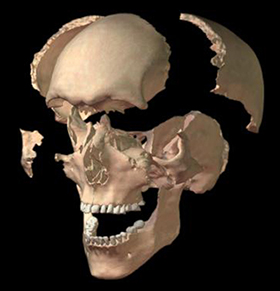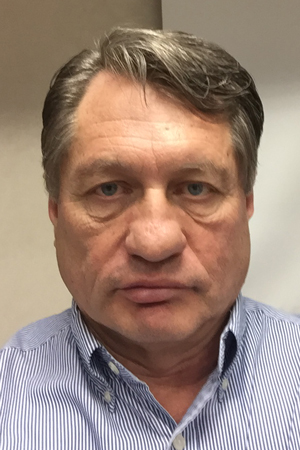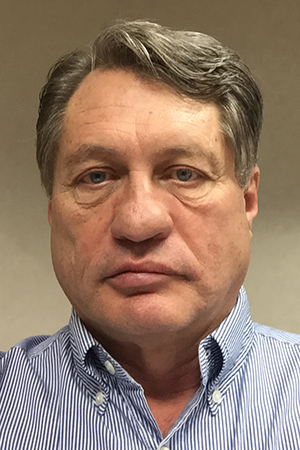Traumatic Bell’s Palsy Caused by Dental Procedures

The human skull is made up of 28 bones connected by means of sutures, which act as expansion and contraction joints. When the upper and lower teeth come together they form the bite or technically referred to as the occlusion. The teeth make contact two to three times a minute during the day and once or twice per minute during sleep. When the teeth make contact, the pressures generated function to rebalance the 28 bones of the skull. The occlusion or bite in essence is the self-correcting mechanism that balances the skull bones. Getting a “simple” filling in reality is NOT a simple procedure. The reason for this is simple. Changing the contact pressure by means of a “simple filling has the potential of changing the alignment of the skull. This is the reason why patients can develop headaches, neck aches, lower back pain, atypical facial pain, tingling and/or numbness of the arms and hands following a routine dental visit. When dentists restore the posterior teeth (bicuspids and molars) they MUST maintain the vertical height to insure cranial or skull bone alignment. If they do not re-establish the proper height, the cranial bones can shift and twist wreaking havoc on the nervous system and physiology or functioning of the body.
A perfect example is seen in Dr. Howard Fisher’s case. He required extensive dental procedures in the form of posterior implants to restore missing posterior teeth. Unfortunately the dentist did not take precautions to provide proper vertical support and the left side of his face literally caved in. Doctor Fisher went through extensive medical diagnostics including CAT scans and blood tests in an attempt to diagnose the cause of his “Bell’s Palsy.” All testing results were “negative” and Dr. Fisher was left with a drooping face and speech issues.
I first met Dr. Fisher at a natural medical conference in Markham, Ontario back in October of 2017. At that time I performed a limited cranial adjustment. For follow-up treatment, I invited Dr. Fisher to my upcoming seminar on Occlusal Cranial Balancing Techniques which was scheduled for January 19 and 20, 2018 in Toronto, Ontario. During my presentation, I used Dr. Fisher to demonstrate how to perform a comprehensive cranial adjustment. Before Howard even got off the table he immediately experienced profound changes: “…a change in the visual acuity of my left eye. There was increased external rotation in my left foot most likely due to the left psoas. The left occiput (back of the skull) felt anterior (internal rotation) and the left zygomatic arch (cheek bone) was also initially anterior but now balanced after the cranial mandibular adjustment.” Also of interest was the correction of his facial structure. Before treatment, the left side of his face was vertically compressed, his left frontal bone had dropped, his left eye was lower and his mouth canted higher on the left side. A photograph taken immediately following treatment shows dramatic changes: the left side of his face is vertically fuller, his mouth was more even along with his eyes being more level. In addition his speech dramatically improved.


Dysfunction of the body has many underlying causes, however, cranial distortions due to dental work represents one area which is often overlooked by most dentists. Removing the distortions will have a major impact on restoring the functionality of the patient’s facial complex and also restore a feeling of well-being. Cranial correction removes a major stressor from the brain, spine, and pelvis. Following cranial manipulation sessions, patients often remark that they feel more relaxed, their occlusion (bite) feels more comfortable when their teeth touch, their eye sight is clearer, their mental fog lifts, and many of their pains (neck, shoulders, arms, hands, lower back) disappear. Re-establishing cerebrospinal fluid flow reactivates brain, muscle, cognitive function and much more allowing the whole system to feel more normal.
The questions patients must start asking their dentists are:
- Are you familiar with cranial distortions?
- Do you have any training in cranial evaluation and treatment?
- Are you qualified to monitor any cranial distortions before during and after treatment?
- Do you have training to correct any distortions that may occur as a result of your treatment?
If your dentist appears annoyed and/or irritated and does not have positive reassuring answers, you maybe exposing yourself to unnecessary dangers. Buyer beware.
Dr. Gerald Smith

STAY INFORMED
Big tech and mainstream media try to suppress the powerful information I have to share. Subscribe here to stay informed!
